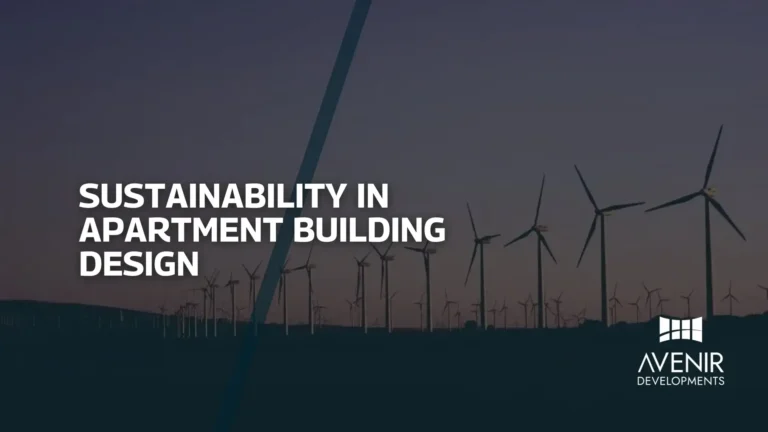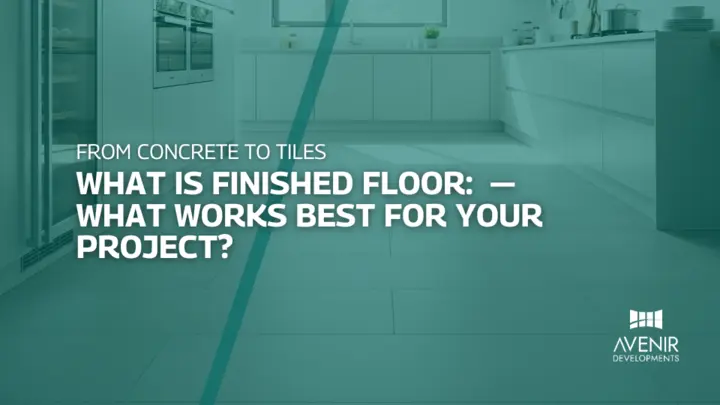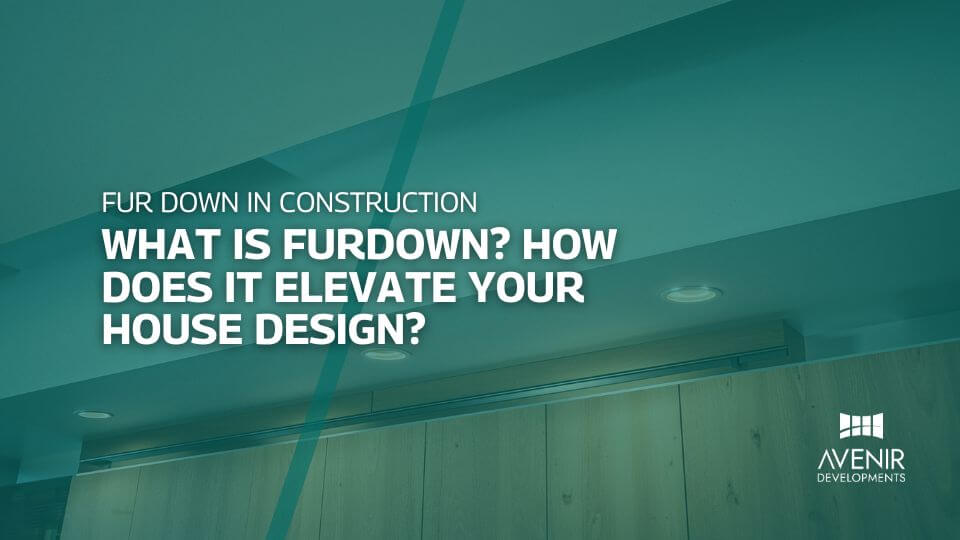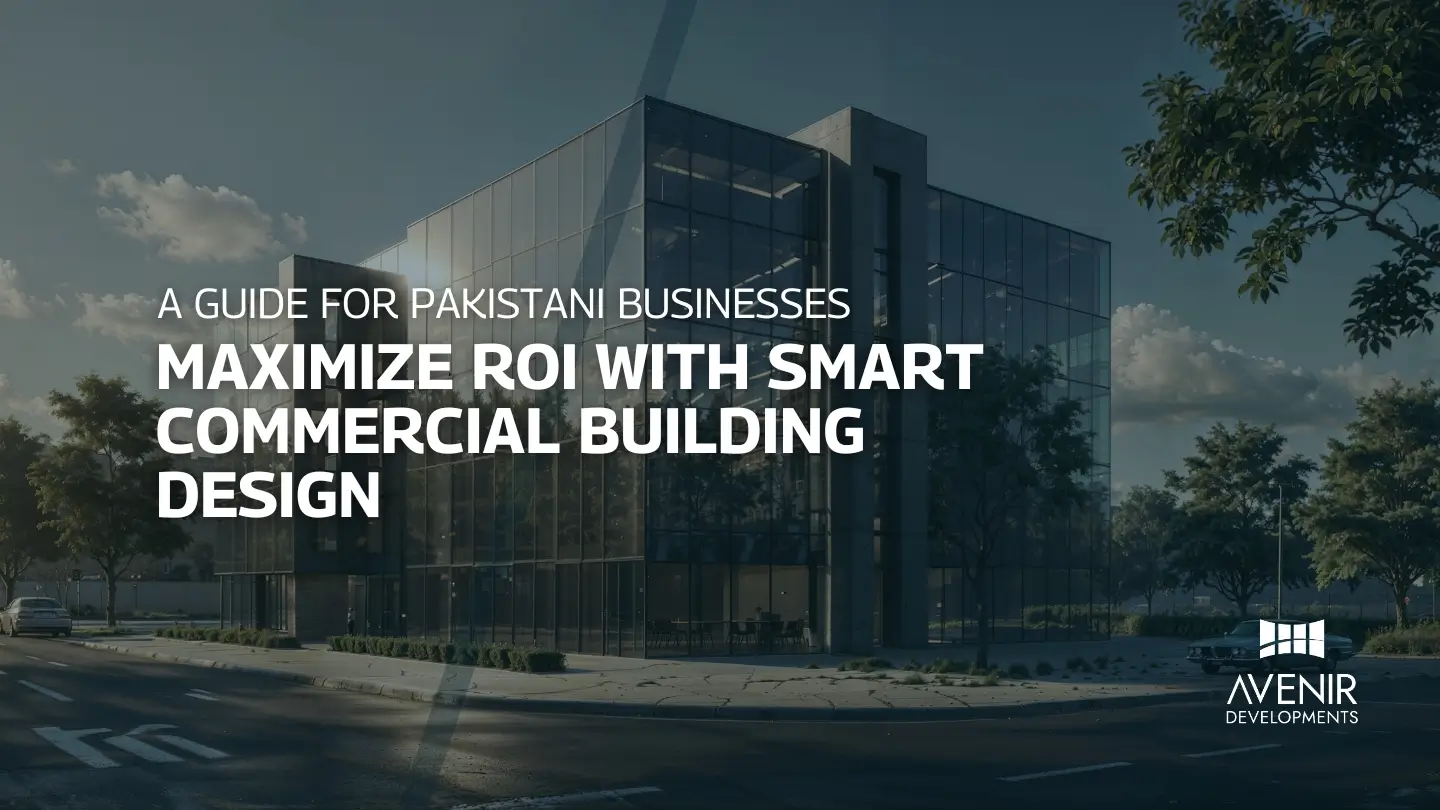Sustainability in Apartment Building Design is a topic that has gained significant traction in recent years. As the world grapples with the pressing issues of climate change and resource depletion, architects and developers are increasingly turning to sustainable practices to create more environmentally friendly and resilient living spaces.
I’ve been fortunate enough to witness the evolution of sustainable design firsthand, from the early days of energy-efficient lighting to today’s cutting-edge technologies that integrate renewable energy sources and smart building systems. In this article, we’ll delve into the key principles of sustainable apartment building design, explore the latest trends and innovations, and discuss the practical steps you can take to incorporate sustainability into your own projects.
Sustainability in apartment building design refers to the creation of structures that minimize their negative impact on the environment while providing healthy, comfortable, and affordable living spaces. It encompasses a wide range of factors, including:
- Energy efficiency: Reducing energy consumption through efficient appliances, insulation, and renewable energy sources.
- Water conservation: Minimizing water usage through efficient fixtures and rainwater harvesting.
- Material selection: Choosing sustainable materials that have a lower environmental footprint, such as recycled content or renewable resources.
- Waste reduction: Implementing waste management strategies to divert materials from landfills.
- Indoor air quality: Ensuring healthy indoor environments by minimizing exposure to pollutants and toxins.
- Community engagement: Fostering a sense of community and promoting sustainable living practices among residents.

The concept of sustainable design has evolved over time, influenced by factors such as environmental regulations, technological advancements, and changing consumer preferences. In the early days, sustainable design was often associated with high costs and sacrifices in comfort. However, as technology has progressed and awareness has grown, sustainable practices have become more accessible and affordable.
Current Trends and Developments in Sustainable Apartment Building Design
The field of sustainable apartment building design is constantly evolving, with new trends and innovations emerging regularly. Some of the most significant developments in recent years include:
- Renewable energy integration: The increasing affordability and reliability of renewable energy sources, such as solar and wind power, have made it possible to incorporate them into apartment building designs. Solar panels can be installed on rooftops to generate clean electricity, while wind turbines can be used in suitable locations.
- Smart building technology: Smart building systems can optimize energy consumption, water usage, and waste management through automation and data analysis. These systems can also improve occupant comfort by adjusting temperature and lighting based on individual preferences.
- Green roofs: Green roofs, which are covered in vegetation, offer a range of benefits, including improved insulation, stormwater management, and air quality. They can also provide a pleasant outdoor space for residents.
- Modular construction: Modular construction involves prefabricating building components off-site and assembling them on-site. This can reduce construction time, waste, and energy consumption.
- Net-zero energy buildings: Net-zero energy buildings produce as much energy as they consume, often through a combination of energy-efficient design and renewable energy sources. This is a ambitious goal but achievable with careful planning and implementation.
In addition to these technological advancements, there is also a growing emphasis on sustainable urban development. This involves creating dense, walkable neighborhoods that reduce the need for car travel and promote a more sustainable lifestyle.
Government Initiatives and Policies
Governments around the world are playing a crucial role in promoting sustainable building practices. Many countries have implemented building codes and regulations that require new construction projects to meet certain energy efficiency and sustainability standards. Additionally, governments are providing incentives, such as tax breaks and subsidies, to encourage the adoption of sustainable technologies.
In Pakistan, the government has taken steps to promote sustainable construction. The Pakistan Green Building Council (PGBC) has been established to promote green building practices and provide certification for sustainable projects. The government has also implemented energy efficiency standards for buildings and is working to promote renewable energy sources.
Industry Trends
The construction industry is increasingly embracing sustainable practices in response to growing consumer demand and regulatory pressures. Many developers and builders are now seeking certification for their projects through programs such as LEED (Leadership in Energy and Environmental Design) or BREEAM (Building Research Establishment Environmental Assessment Method). This not only enhances the project’s environmental credentials but also improves its marketability and value.
Challenges and Opportunities
Despite the progress made in sustainable apartment building design, there are still significant challenges to overcome. These include:
- Upfront costs: Implementing sustainable features can often require higher upfront costs compared to traditional construction methods. However, the long-term energy and cost savings can offset these initial expenses.
- Lack of awareness: Many people are still unaware of the benefits of sustainable design and may be hesitant to choose a sustainable building. Education and awareness campaigns are essential to address this issue.
- Regulatory hurdles: Navigating complex building codes and regulations can be time-consuming and challenging. Simplifying the regulatory process can help to accelerate the adoption of sustainable practices.
Despite these challenges, the future of sustainable apartment building design is bright. As technology continues to advance and awareness grows, we can expect to see even more innovative and sustainable projects emerging in the years to come.
Frequently Asked Questions About Sustainable Apartment Building Design
Q: What are the benefits of sustainable apartment building design?
A: Sustainable apartment building design offers numerous benefits, including:
- Reduced energy costs: Energy-efficient features can significantly lower utility bills for residents.
- Improved indoor air quality: Sustainable materials and ventilation systems can create healthier living environments.
- Increased property value: Sustainable buildings are often more desirable to buyers and can command higher property values.
- Positive environmental impact: Sustainable practices help to reduce greenhouse gas emissions and conserve resources.
- Enhanced community well-being: Sustainable communities can foster a sense of belonging and promote a healthier lifestyle.
Q: How can I choose a sustainable apartment building?
A: When choosing a sustainable apartment building, look for the following indicators:
- Energy efficiency certifications: Check if the building has certifications such as LEED or BREEAM.
- Renewable energy features: Look for solar panels, wind turbines, or other renewable energy sources.
- Water conservation measures: Inquire about water-saving fixtures and rainwater harvesting systems.
- Sustainable materials: Ask about the materials used in construction and whether they are sustainable or recycled.
- Waste management programs: Find out if the building has recycling and composting programs.
- Indoor air quality: Inquire about the building’s ventilation system and the materials used in finishes.
Q: Can sustainable apartment buildings be affordable?
A: While the upfront costs of sustainable construction may be higher, the long-term energy and cost savings can make sustainable buildings more affordable over time. Additionally, government incentives and financing options can help to offset the initial investment.
Q: What role can residents play in promoting sustainability in apartment buildings?
A: Residents can play a significant role in promoting sustainability by:
- Conserving energy: Turning off lights and appliances when not in use, using energy-efficient appliances, and adjusting thermostats.
- Conserving water: Fixing leaks, taking shorter showers, and using water-saving fixtures.
- Reducing waste: Recycling and composting, avoiding single-use plastics, and donating unwanted items.
- Promoting sustainable living: Encouraging neighbors to adopt sustainable practices and participating in community initiatives.
Q: Are there any challenges or limitations to sustainable apartment building design?
A: While sustainable apartment building design offers many benefits, there are also some challenges to consider, such as:
- Upfront costs: Implementing sustainable features can require higher initial investments.
- Regulatory hurdles: Navigating building codes and regulations can be complex.
- Lack of awareness: Many people are still unaware of the benefits of sustainable design.
Despite these challenges, the trend towards sustainable apartment building design is gaining momentum. As technology continues to advance and awareness grows, we can expect to see even more innovative and sustainable projects in the future.
Expert Tips for Sustainable Apartment Building Design
Based on my years of experience in architecture, interior design, and custom home building, I have gathered some valuable insights into sustainable apartment building design. Here are some expert tips to help you create more sustainable and environmentally friendly projects:
1. Prioritize Energy Efficiency:
- Choose energy-efficient appliances: Opt for appliances with Energy Star ratings to reduce energy consumption.
- Invest in high-quality insulation: Proper insulation can significantly reduce heating and cooling costs.
- Install solar panels: Harnessing solar energy can provide a clean and renewable source of electricity.
- Optimize lighting: Use natural light whenever possible and install energy-efficient LED fixtures.
2. Conserve Water:
- Install low-flow fixtures: Use toilets, faucets, and showerheads that reduce water consumption.
- Implement rainwater harvesting: Collect rainwater for landscaping and non-potable uses.
- Landscape with drought-tolerant plants: Choose plants that require minimal watering.
3. Select Sustainable Materials:
- Use recycled materials: Incorporate recycled content into building materials, such as concrete, steel, and wood.
- Opt for low-VOC paints and finishes: Reduce indoor air pollution by using paints and finishes with low volatile organic compound (VOC) emissions.
- Consider locally sourced materials: Supporting local suppliers can reduce transportation emissions and support the local economy.
4. Minimize Waste:
- Implement recycling programs: Encourage residents to recycle and compost waste.
- Reduce construction waste: Plan carefully to minimize material waste during construction.
- Choose durable materials: Select materials that will last longer and require less frequent replacement.
5. Enhance Indoor Air Quality:
- Ensure proper ventilation: Provide adequate ventilation to circulate fresh air and remove pollutants.
- Avoid harmful chemicals: Use low-VOC paints, adhesives, and cleaning products.
- Monitor indoor air quality: Regularly check indoor air quality to identify and address any issues.
6. Foster Community Engagement:
- Create shared spaces: Provide common areas for residents to gather and socialize.
- Organize sustainability initiatives: Encourage residents to participate in community gardening, recycling programs, or energy-saving challenges.
- Educate residents: Provide information and resources on sustainable living practices.
7. Stay Updated on Emerging Technologies:
- Research new innovations: Keep up-to-date with the latest advancements in sustainable building technology.
- Explore pilot projects: Consider participating in pilot projects to test new sustainable features.
- Collaborate with experts: Work with sustainability consultants and experts to identify the best solutions for your project.
By following these expert tips, you can create sustainable apartment buildings that are both environmentally friendly and provide a high quality of life for residents.
In conclusion, sustainable apartment building design is essential for creating a more environmentally friendly and resilient future. By incorporating energy-efficient features, conserving water, selecting sustainable materials, minimizing waste, and enhancing indoor air quality, we can significantly reduce our environmental impact and create healthier, more comfortable living spaces.
At Avenir Developments, we are committed to sustainable building practices and are dedicated to creating innovative and environmentally friendly apartment buildings. If you are looking for an experienced and knowledgeable team to help you with your next project, please don’t hesitate to contact us. We offer a wide range of services, including architectural design, interior design, custom home building, and property development.
Contact us today to discuss your project and learn how we can help you create a sustainable and thriving community.
By choosing Avenir Developments, you can be confident that your project will be designed and built with sustainability in mind. We believe that sustainable living is not only good for the environment but also good for business. Let’s work together to create a more sustainable future.
Read More: Green Building: More Than Just a Positive Trend in 2024







